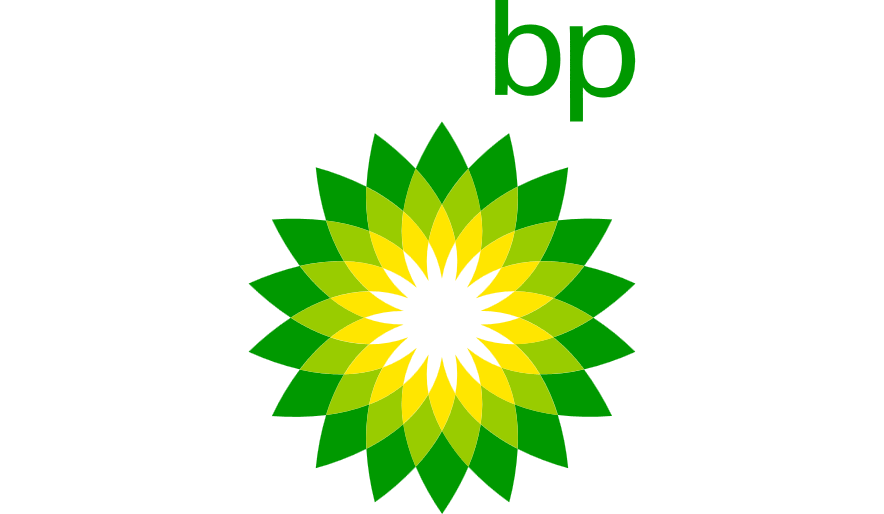
Three new projects helping to drive a reset bp
London, April 28, 2025, (Oilandgaspress) –––– Egypt’s Raven Delivered safely and ahead of schedule, gas began flowing in February from the second development phase of the bp-operated Raven field. It will help to meet Egypt’s growing demand for energy and strengthen bp’s position as a key energy supplier and investor in the region, where our relationship spans more than 60 years.
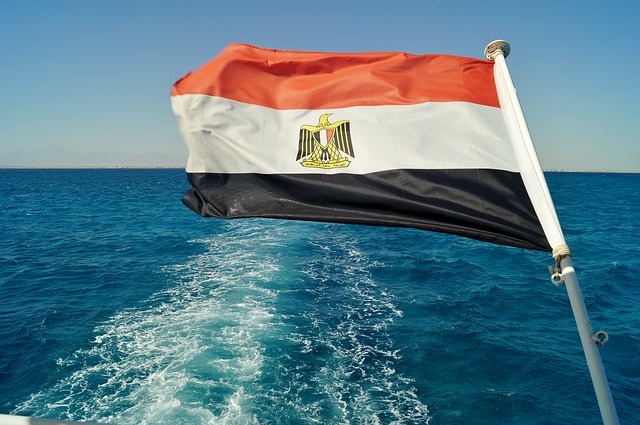
Situated around 65 kilometres offshore Egypt in the Mediterranean Sea, Raven Infills has a production capacity of around 220 billion cubic feet of gas and 7 million barrels of condensates. The Raven field was the third and final phase of the bp-operated West Nile Delta gas development, the only oil and gas facility operated by an international company in Egypt.
This project is a great example of maximizing production from existing assets and boosting resource efficiency.
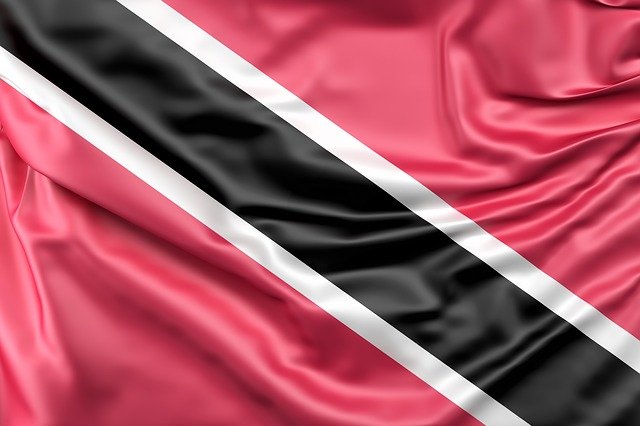
Trinidad and Tobago’s Cypre success
In the Caribbean, bp’s Cypre (pronounced ‘sip’) project successfully and safely delivered its first gas in April.
It’s bp’s third subsea development in Trinidad and Tobago and was constructed in near-record time – setting a new schedule benchmark in cycle time for subsea project delivery in bp.
As with Raven Infills, Cypre fits bp’s strategy of maximizing production from existing infrastructure. It includes seven wells (the four wells of phase 1 have achieved first gas) and subsea trees tied back into bp’s existing Juniper platform, located 78 kilometres off the southeast coast of Trinidad, in water depths of around 80 metres.
Its two flexible flowlines – the pipelines that carry the gas from the subsea wells to the Juniper platform where it’s processed – are 15 kilometres each. In an engineering feat, they’re almost two times longer and larger than those used in bp’s Matapal subsea development that started up in Trinidad in 2021 .
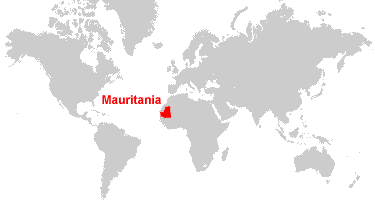
Mauritania and Senegal’s mega project
Off the coast of Africa, deep in the ocean where the borders of Mauritania and Senegal meet, the Greater Tortue Ahmeyim (GTA) Phase 1 project achieved first LNG cargo load and sail away in April after announcing first gas earlier this year.
Expected to produce around 2.4 million tonnes of LNG a year, GTA will feed into global energy needs, with an allocation of gas volumes made available to the domestic markets in both countries, when they are ready to receive it.
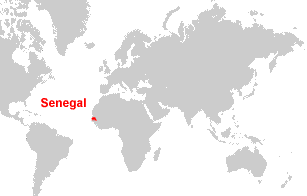
GTA is effectively four major projects in one – a mega project – with each component being an engineering feat in its own right.
GTA’s subsea system is nearly three kilometres (2,850 metres) below sea level, one of the deepest developments in Africa.
The deepwater infrastructure consists of more than 380 kilometres of pipeline and umbilical, with approximately 25,000 separate pipe joints (up to 34mm wall thickness).
Information Source: Read More
Oil and gas press covers, Energy Monitor, Climate, Gas,Renewable, Oil and Gas, Wind, Biomass, Sustainability, Oil Price, LPG, Solar, Marine, Aviation, Fuel, Hydrogen, Electric ,EV, Gas,

